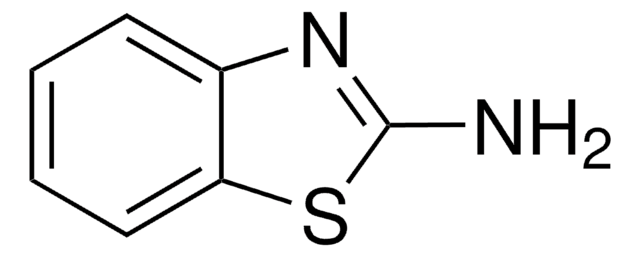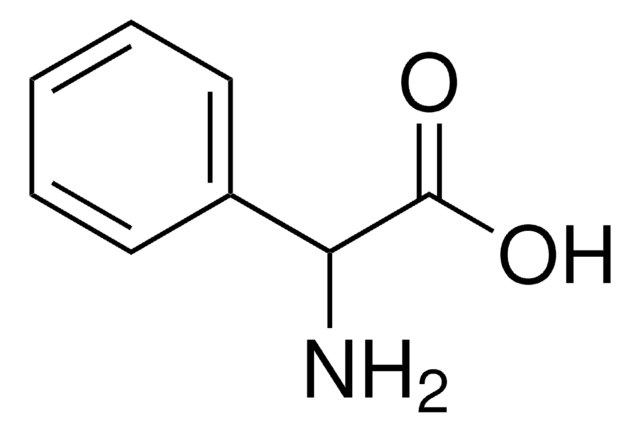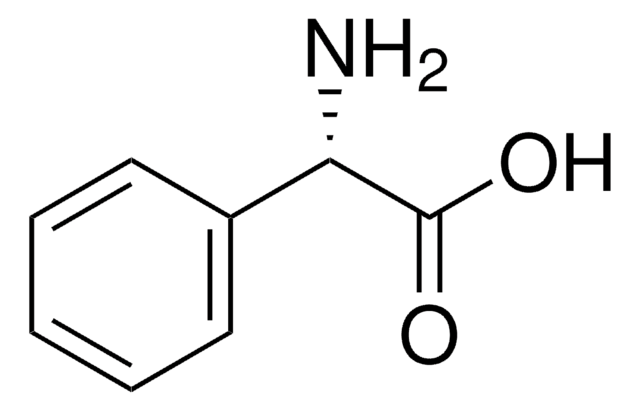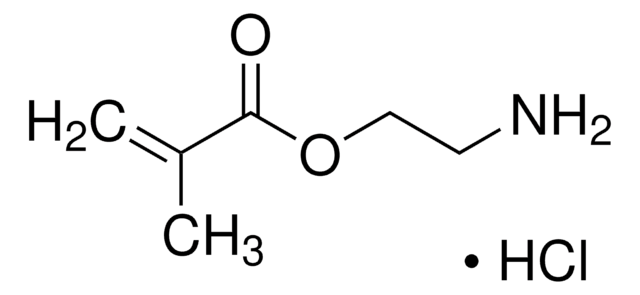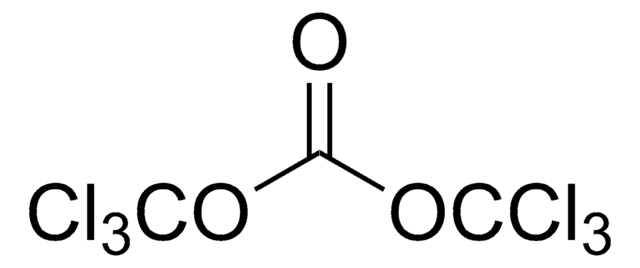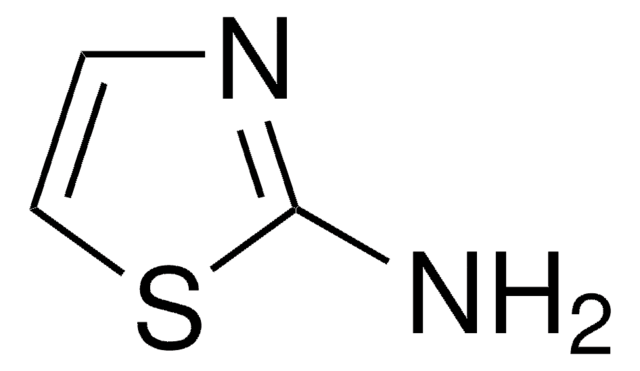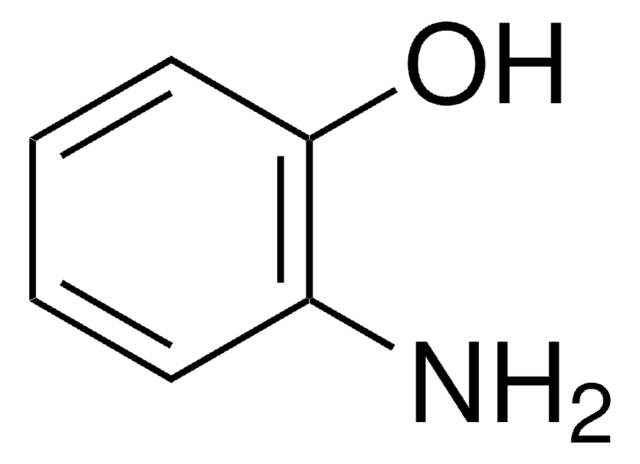推荐产品
质量水平
方案
97%
反应适用性
reaction type: solution phase peptide synthesis
mp
121-123 °C (lit.)
应用
peptide synthesis
SMILES字符串
OC(=O)CNc1ccccc1
InChI
1S/C8H9NO2/c10-8(11)6-9-7-4-2-1-3-5-7/h1-5,9H,6H2,(H,10,11)
InChI key
NPKSPKHJBVJUKB-UHFFFAOYSA-N
正在寻找类似产品? 访问 产品对比指南
储存分类代码
11 - Combustible Solids
WGK
WGK 3
闪点(°F)
Not applicable
闪点(°C)
Not applicable
个人防护装备
Eyeshields, Gloves, type N95 (US)
J M Janusz et al.
Journal of medicinal chemistry, 33(3), 1052-1061 (1990-03-01)
Twenty esters of L-aspartyl-D-phenylglycine, as well as two substituted analogues, an o-fluoro and a p-hydroxy-phenylglycine ester, were prepared. The L-aspartyl-D-phenylglycine (-)-alpha- and (+)-beta-fenchyl esters had the highest sweetness potency at 1200 and 3700 times that of sucrose, respectively. The high
G Kato et al.
Dental materials : official publication of the Academy of Dental Materials, 14(5), 347-352 (1999-06-24)
The purpose of this study was to investigate the influence of remaining non-resin-impregnated, phosphoric acid demineralized dentin upon the long-term durability of specimens that were wet-bonded to bovine dentin substrates. Prepared bovine dentin samples were etched with 65% phosphoric acid
L E Wolinsky et al.
Journal of dental research, 72(1), 72-77 (1993-01-01)
The purpose of the present investigation was to determine whether high-resolution carbon-13 nuclear magnetic resonance could be utilized for detection of ionic bonding interactions of NPG and NPG-GMA with selected inorganic cations. The C1-carbonyl carbon of NPG and NPG-GMA were
G E Schumacher et al.
Journal of dental research, 76(1), 602-609 (1997-01-01)
Effective composite-to-dentin bonding has been achieved by the sequential use of dilute aqueous nitric acid (HNO3) and acetone solutions of N-phenylglycine and a carboxylic acid monomer, e.g., p-PMDM. Both the HNO3 pre-treatment and the surface-initiated polymerization that results from reaction
N J Miniotis et al.
Journal of dental research, 72(6), 1045-1049 (1993-06-01)
This study evaluated and compared the contributions to dentin adhesive bonding of three N-phenylglycine analogues with electron-withdrawing substituents on the aromatic ring. These electron-deficient "N-compounds" included: N-(4-chlorophenyl)-glycine (NCPG), N-methyl-N-(4-chlorophenyl)-glycine (NMNCPG), and N-(3,4-dichlorophenyl)-glycine (NDCPG). An experimental three-step dentin-bonding protocol that consisted
我们的科学家团队拥有各种研究领域经验,包括生命科学、材料科学、化学合成、色谱、分析及许多其他领域.
联系技术服务部门
